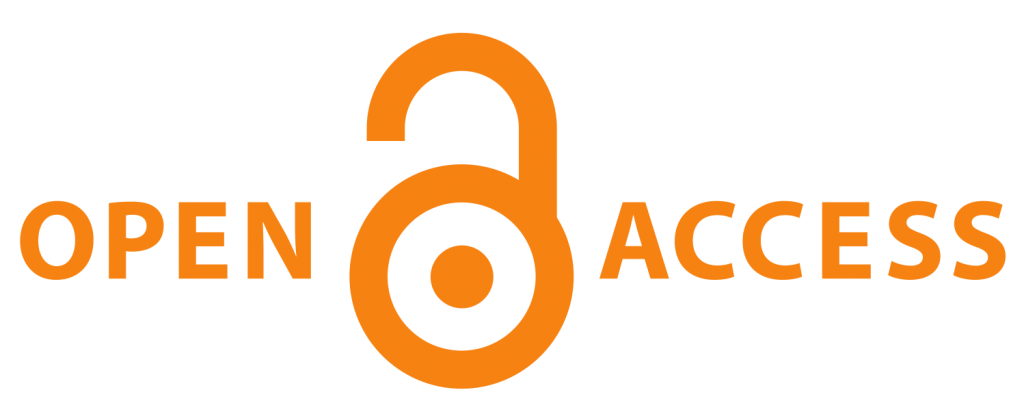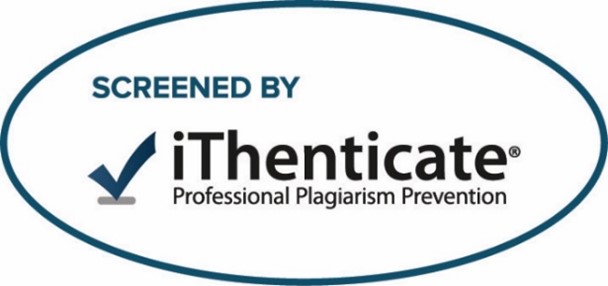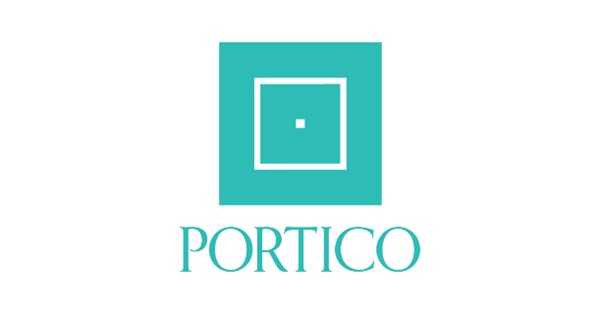Article Type
Original Article
Abstract
Objective: This study aimed to compare injectable PRF (I-PRF) with a collagen carrier and β-Tricalcium Phosphate (β-TCP) for maxillary sinus floor augmentation (MSFA) with simultaneous implant placement.
Materials and methods: Fourteen patients with missed maxillary posterior teeth and 3-5 mm residual bone height (RBH) were selected to perform lateral MSFA with simultaneous implant placement. A total of 18 sites (implants) in 13 patients were qualified for analysis, 10 sites with I-PRF and collagen carrier (group I) and 8 sites with β-TCP (group II). Six months later, implant stability was recorded, and all sites were analyzed using cone-beam computed tomography (CBCT) for measuring apical bone height (ABH), vertical bone gain (VBG), and final bone height (FBH).
Results: After 6 months 100% implant success was observed, the mean of ISQ was 75.90±2.56 and 76.13±2.23 for group I and II respectively (p=0.300), the median of ABH was 0 (0-4.5) for group I and 4.33 (0.5-9.6) for group II (p=0.004), the mean of VBG for group I was 6.52±1.71 mm and 9.81±2.47 mm for group II (p=0.004), the mean of FBH for group I was 10.96±1.50 mm, while group II was 14.08±2.32 mm (p=0.003).
Conclusions: I-PRF with collagen carrier is an economical biomaterial that preserves the created sub-antral space with adequate new bone formation congruous to implant apexes. So, lateral MSFA using i-PRF and collagen carrier with simultaneous implant placement could be a simple, reliable, and predictable surgery with a high success rate that could be comparable to using β-TCP.
Keywords
I-PRF, MSFA, collagen, simultaneous implant, sinus elevation, β-TCP.
How to Cite This Article
Refaat A , Mansour N , Awad S .
Comparison between Injectable Platelet Rich Fibrin with Collagen Carrier and β-Tricalcium Phosphate in Lateral Maxillary Sinus Lift with Simultaneous Implant Placement.
Mans J Dent.
2024;
11(2):
67-78.
Available at:
https://doi.org/10.61793/2812-5479.1111
Creative Commons License

This work is licensed under a Creative Commons Attribution-NonCommercial-No Derivative Works 4.0 International License.








